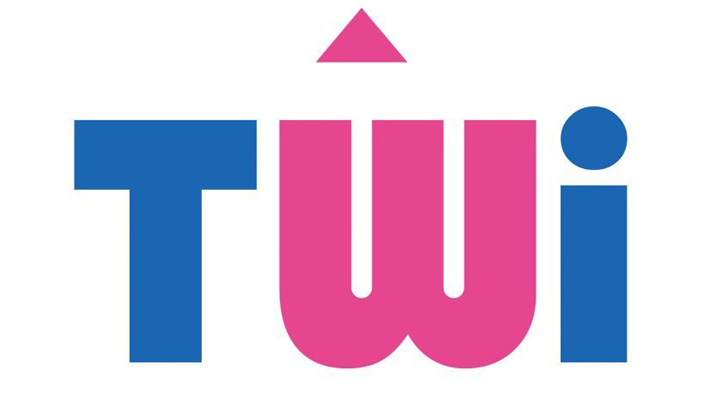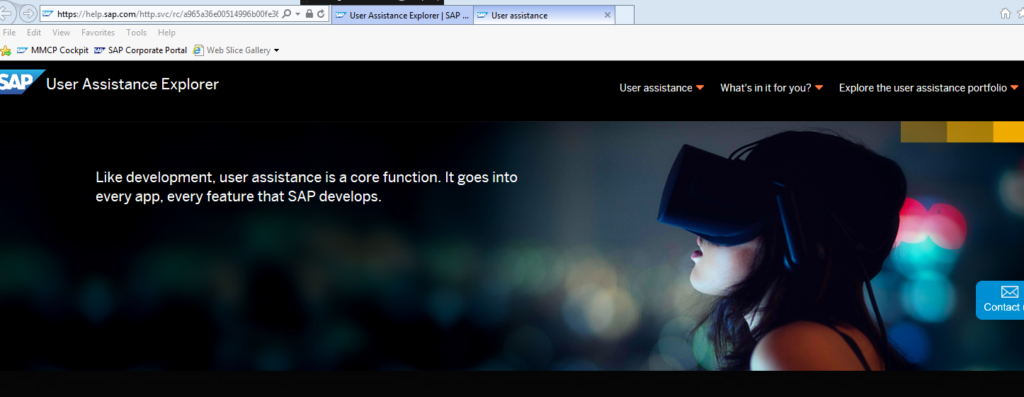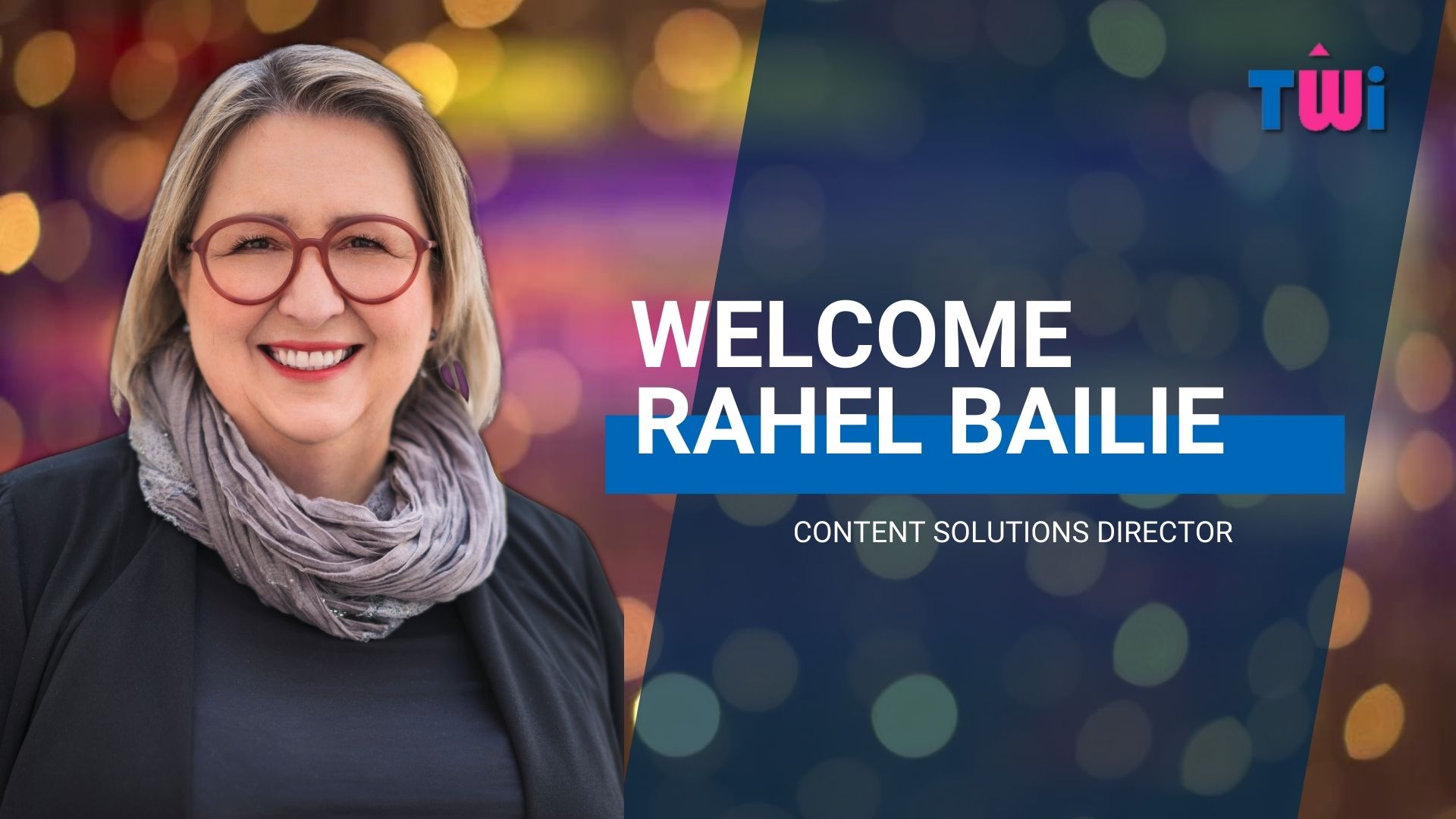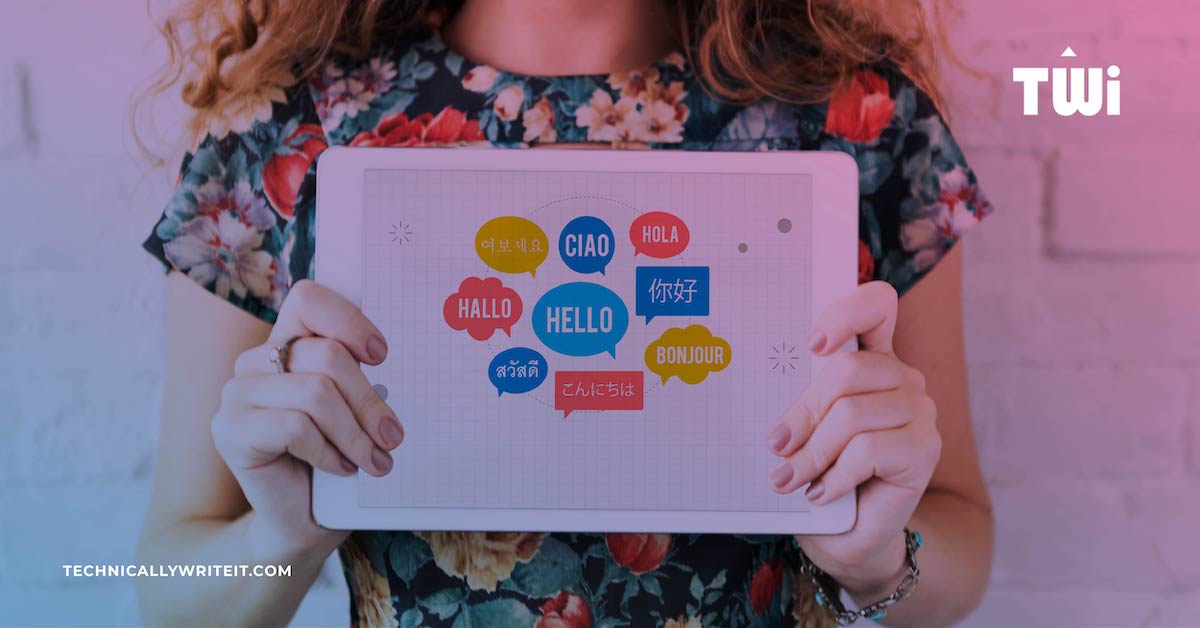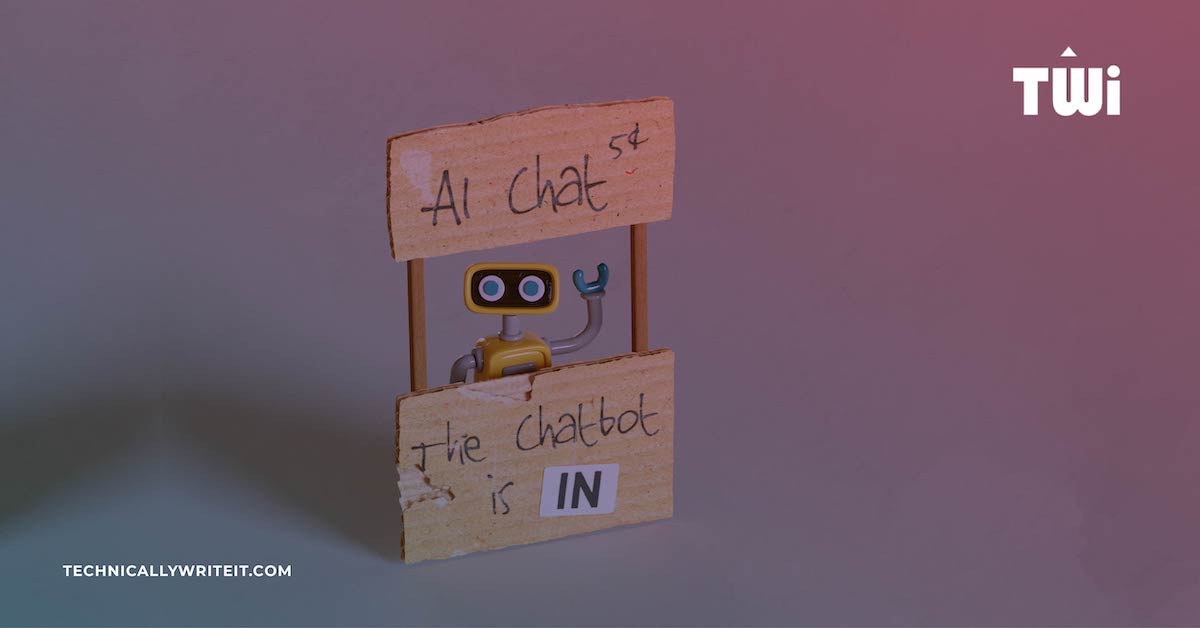The European Academic Colloquium (EAC) is an annual event that focuses on scientific content with respect to technical communication. This year’s event took place on April 26th and 27th at the University of Limerick. The topic of EAC 2018 was “21st Century Skills for Technical Communicators”.
In this post, we look at some of the highlights from EAC 2018.
Adapting to the Future of Technical Communication
The key note speech, ‘Adapting to the Future of Technical Communication’ was by Rachael Hewetson of SAP Ireland. In this talk, Hewetson discussed the need for technical writers to have both skills (particular abilities) and competencies (the ability to do something successfully or efficiently). For example, a technical writer can be skilled in the area of DITA CMS, but also needs the ability to communicate effectively with subject matter experts, to break the information down logically, and to write for a specific audience; these are competencies.
Hewetson told us that the life expectancy of companies has been reduced from 75 years, 50 years ago, to 15 years today. To survive in this changing business world, companies need to innovate, and higher-level skills are needed as companies change. Digital transformation will cause the loss of some jobs, while generating others. For technical writers, 42% of the work that we do can be automated, but a technical writer’s job is safer than 48.4% of other jobs.
We need to have skills in the areas that robots can’t handle, such as conferring with clients, designing layouts for publications, editing written materials, and researching new technologies.
To stay competitive in the face of these changes, SAP is moving from on-premise to cloud solutions, with the aim of having all products in the cloud. This makes it easier for customers to move to different solutions, so SAP needs to innovate to keep clients.
Hewetson demonstrated the SAP User Assistance Explorer:
This tool helps content developers to find the assets that can be used for different documentation, for example, Web Assistant, which can be used to create hotspots.
SAP is working on their first generation of chatbots (similar to, for example, Siri and Alexa). A chatbot is a program that attempts to simulate the conversation of a person using text or voice interactions. They are typically easy to build and navigated by pre-defined flows. For example, instead of clicking a menu of choices or speaking predetermined commands, you can type or talk as if you were having a normal conversation in natural language.
By introducing chatbots, SAP is trying to simplify complex business interactions and processes by employing conversational user experience technology, with the intention of having applications speak to SAP software users in natural language. SAP created the SAP CoPilot digital assistant, an in-house platform to build conversational applications. SAP intends to use this platform across a wide breadth of its portfolio, such as:
- Content curation
- Social media
- Digital marketing/analytics
For more information, see https://www.sapanalytics.cloud/learning.
Creating Materials to Meet the Needs of 21st Century Audiences
In another talk at EAC 2018, Dr Kirk St. Amant, of Louisiana Tech University and the University of Limerick, discussed user experience design and the different concepts in cognitive design skills. St. Amant designs user instructions for biomedical products.
He discussed design in terms of designing for both audience and context. The audience (or user) relies on understanding and comprehension, and so the focus is a decontextualised design. Designing for context is a type of depersonalised design. The combination of audience and context produces a usable design.
Using the guideline that Form follows function, he discussed the ‘chain of cognition’. Where individuals perform an activity often affects what they can do. This means the more the designer understands about the place where users need to perform an activity, the better they can design for usability in that context. The challenge is identifying the dynamics of such contexts, and addressing related expectations of usability. The solution involves examining how the mind associates certain expectations with the identification of a particular place.
St. Amant creates prototypes that include time and place to guide the design, for example, a device might be used by a family member at home, or by a colleague at work. Instructions about how to use this device must, therefore, consider a wider audience, and be relevant and accessible to people other than the device owner.
To ensure that a device is useful, St. Amant divides his research into four phases. The first phase establishes questions for design. In the second phase, questions are focussed for specific data collection using interviews and focus groups. The third phase involves designing for the context, with prototyping and beta versions. The last phase is the refining and establishing of the contextualized design, and involves tests in context, using focus groups and think aloud protocols.
St Amant spoke about the need to understand the end user, which was interesting as it is similar to the rationale for the use of chatbots described by Hewetson. In both cases, the needs of the end user drive the need to change the approach to documentation.
Flexible Information Models Based on Knowledge Frames and Topic-Based Structuring
Prof. Sissi Closs, University of Applied Science Karlsruhe (Germany) and Dr. Jan Engberg, University of Aarhus (Denmark) looked at knowledge and trust, and explained how a flexible information model is based on knowledge frames and topic-based structuring. Understanding is a constructive process. Text helps the process of understanding by creating a picture in the mind.
Engberg looked at the question of ‘How can we find rules to measure trust?’, while Closs asked ‘How can we improve information products based on these rules using topic structure and iterative optimization?’.
Knowledge needs to be trustworthy. We can achieve trust through the description of a central textual object (targeted information). In content marketing, Closs suggests that trust is inferred by the degree to what is said implicitly. Comprehensibility rules can improve SEO and trust building.
While other talks focused on how to engage the user, this talk focused on why that user would choose to read material. The need to build trust is often overlooked, but is an important aspect of any documentation. It relates back to Hewetson’s key note speech, when she described how easy it has become for consumers to ‘shop around’ and seek alternative sources of information.
Conclusion
The series of talks offered an interesting insight into the future of technical writing. Advances in technology can automate some of our work as technical writers, but also challenge us to keep up-to-date with these changes.
While technical writing documents still include text, new technologies allow multiple representations, such as online text, audio, video, and interactive tutorials, which can enhance learning. Hypertext tutorials offer multiple paths for navigating and engaging instructional materials and learning spaces. Advanced word-processing features allow writers and readers to represent the same material spatially in different ways. Readers can select and customise the instructional approaches and presentations that align with their motivations and styles of learning.
The lasting impression from EAC 2018 is that the value of any document lies in its value to the reader. We need to make sure that our documentation is useful, engaging, and trustworthy. It is no longer enough to try to engage readers with words. For technical writers, our challenge is not just to use the technology available to us to change our output. Whether we write for business, education, or medicine, we need to consider the changing needs and diverse approaches of our target audience. Above all, we need to innovate to survive in a rapidly changing digital world.
